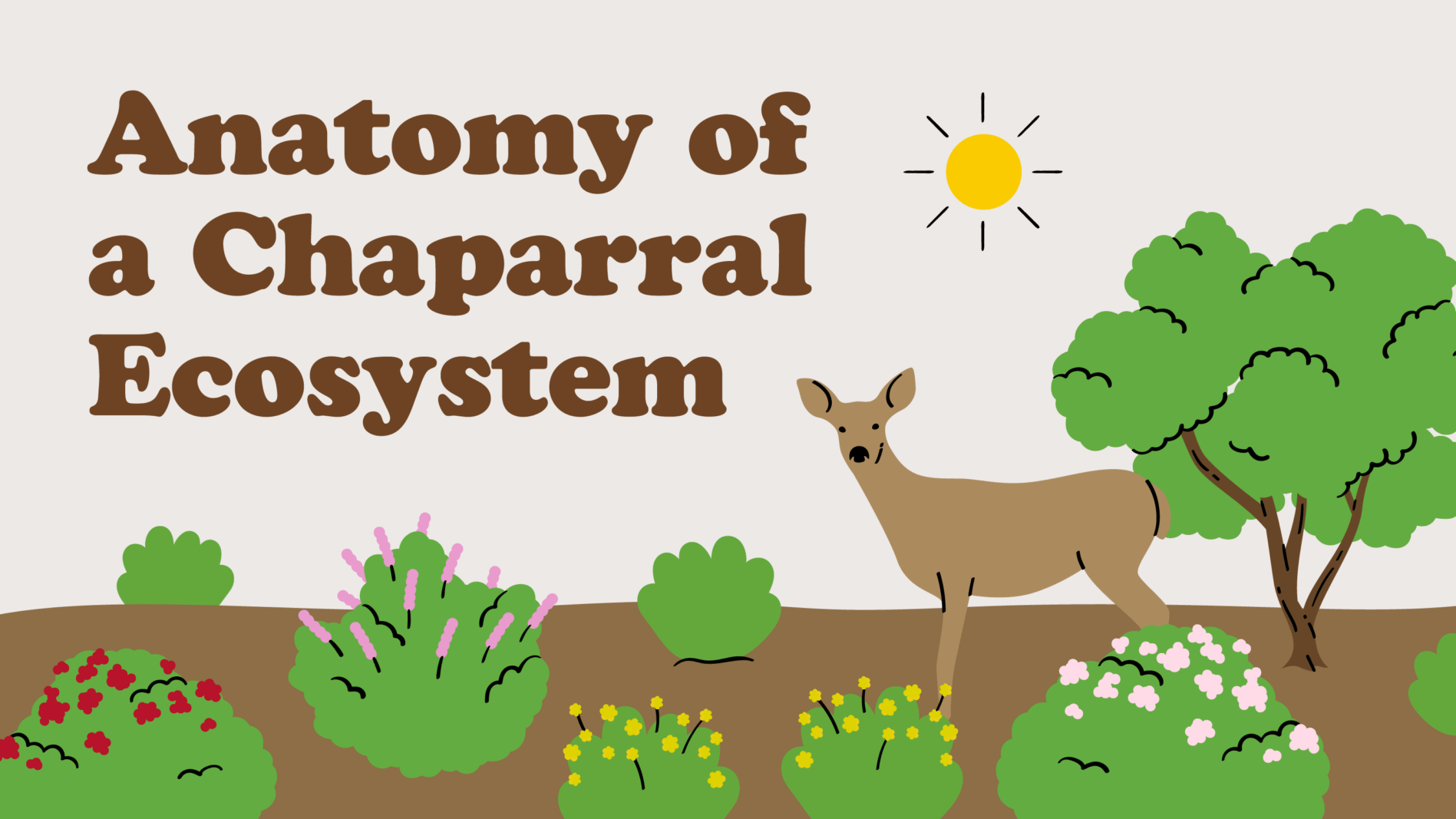If you’ve been hiking in California, odds are you’ve encountered the chaparral, the most widespread native plant community in the state. Here’s everything you need to know about this amazing (but often under-appraciated) ecosystem:
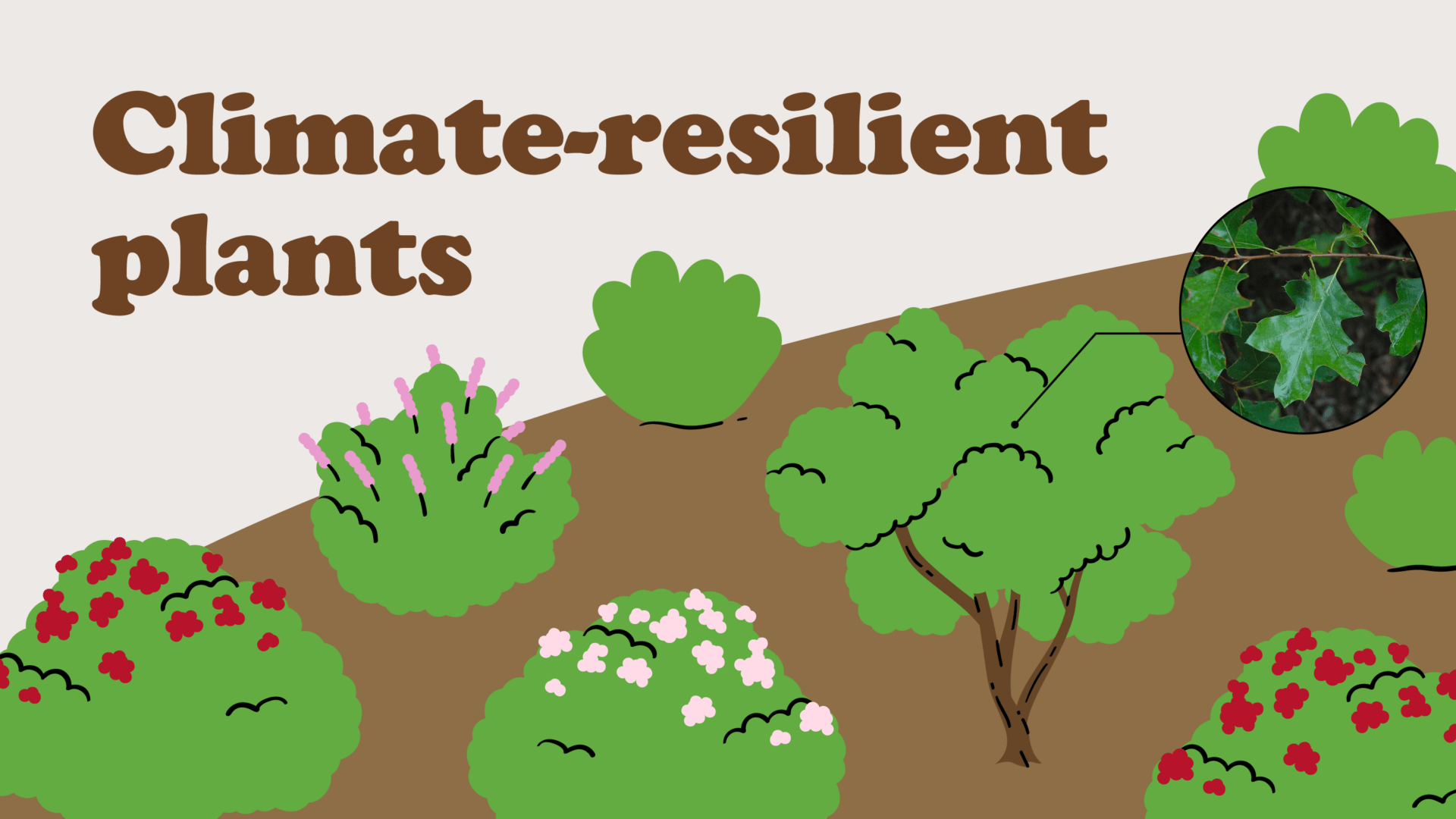
Home to 20 percent of California’s plant species, chaparral is defined by dense, low-lying shrubs like sagebrush, ceanothus, manzanita, and chamise, though you’ll also find some trees like scrub oaks.
Prior to urban development, chaparral ecosystems dominated large swaths of Southern California; many of its plants are well-adapted to withstanding the region’s climate extremes with hard, leathery leaves that prevent them from losing water during the summer and fire adaptations that help them weather and re-sprout after blazes.
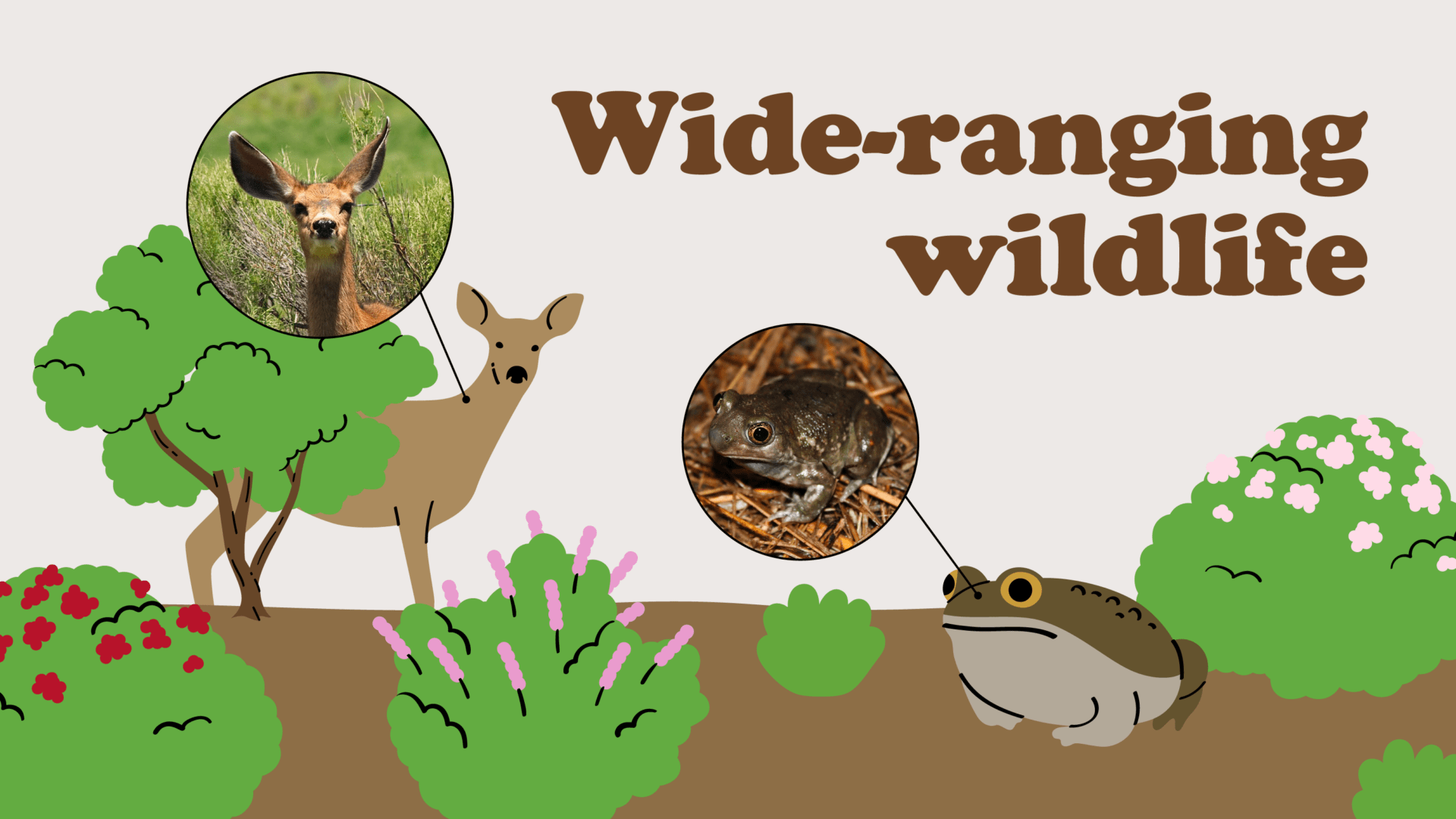
Known for its complex biodiversity and dense foliage, chaparral attracts a wide range of animal species. These include birds like the wrentit and the California thrasher, which are rarely found elsewhere, mammals like the mule deer, which grazes the shrublands during wet seasons, and herptiles like the horned lizard and the spadefoot toad.
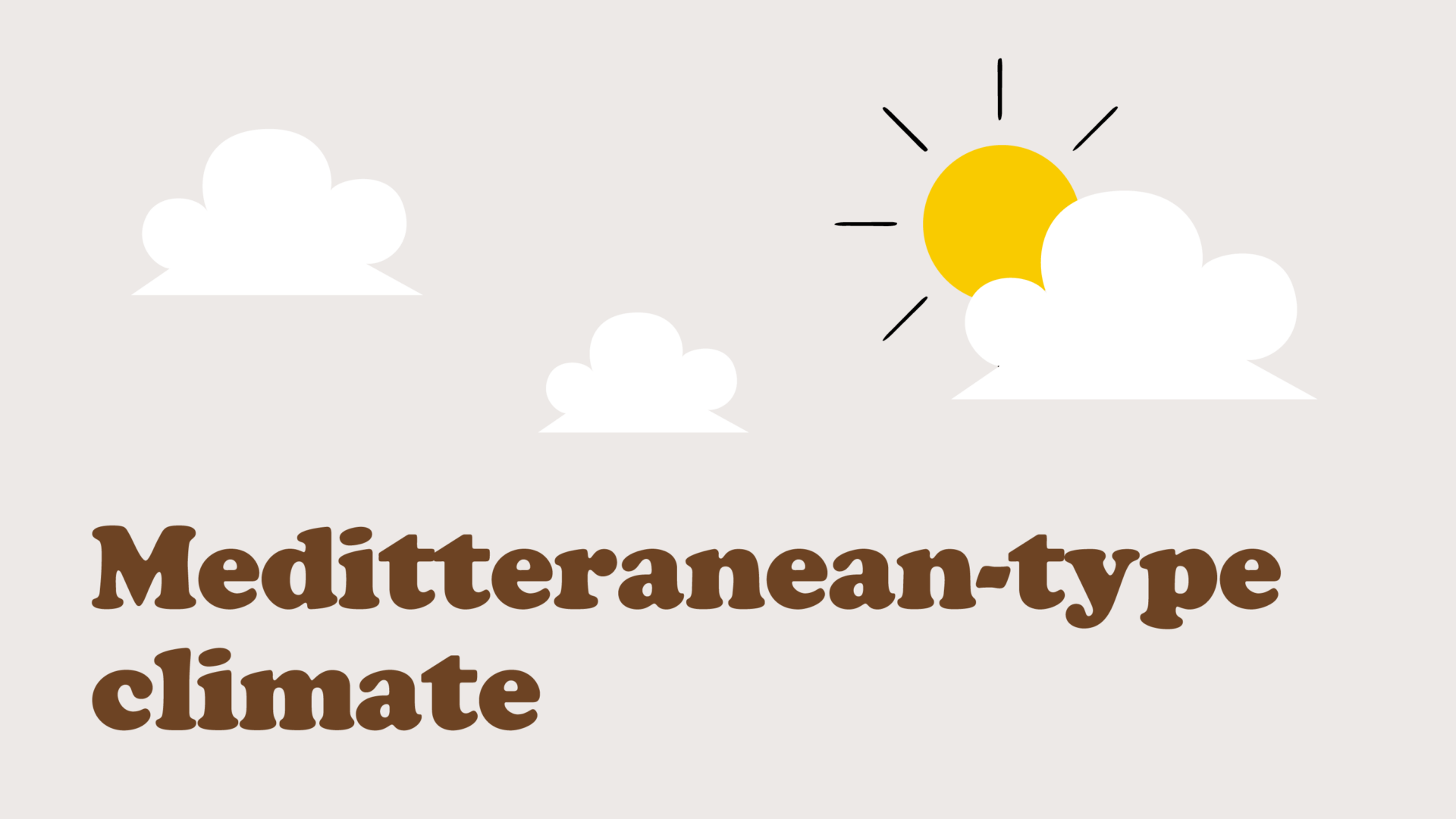
The chaparral biome is characterized by hot, dry summers and mild, rainy winters. By late summer, its plants dry out becoming more prone to fire. Historically, wildfires happened in the chaparral every 30 to 150 years, and native plants evolved special fire adaptations that allowed them to regenerate the ecosystem naturally.
However, the introduction of fast-burning invasive plants has significantly altered many chaparral ecosystems, speeding up California’s fire cycle and posing a big threat to the habitat’s long-term sustainability.
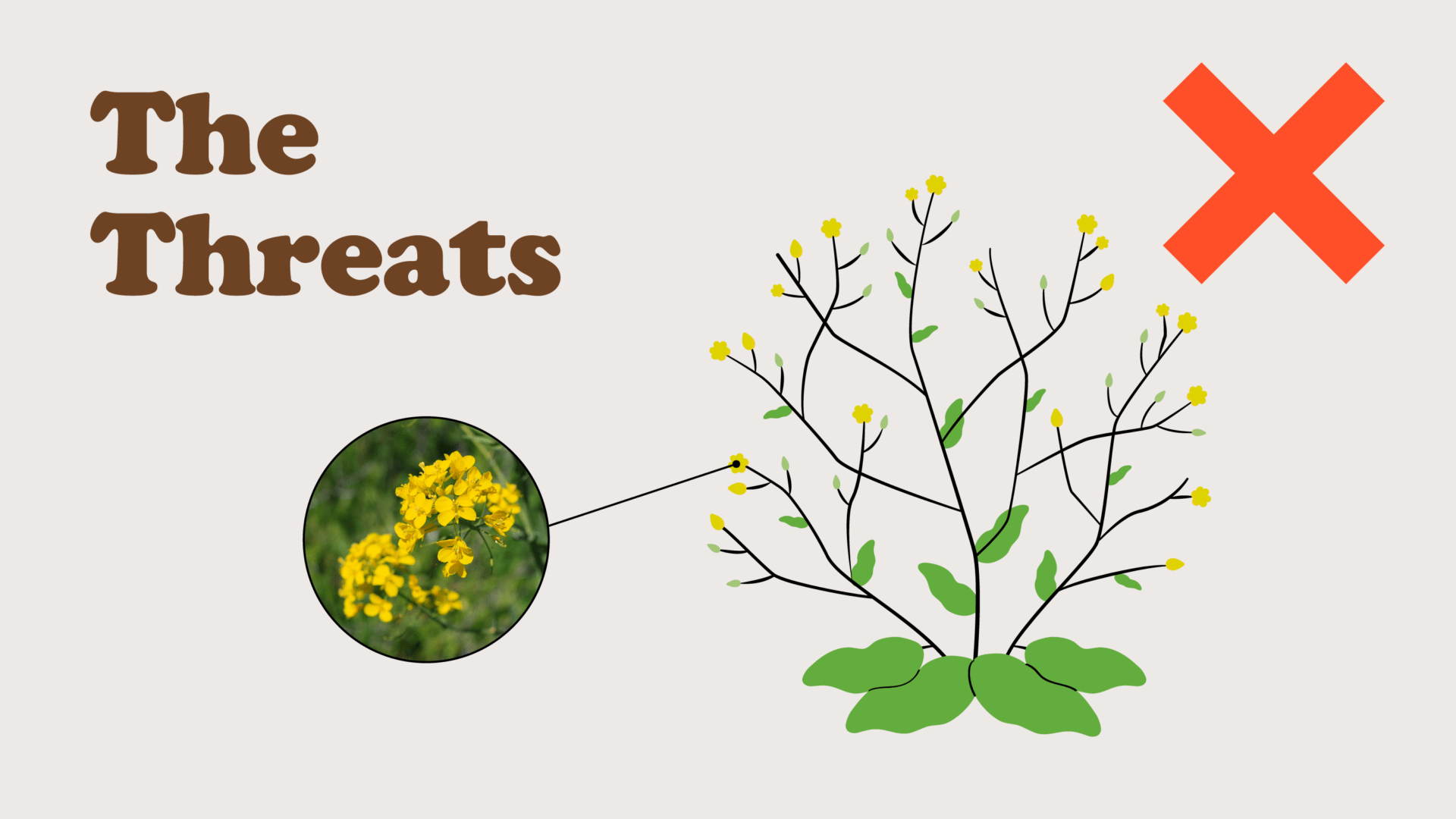
Chaparral is the most common type of plant community in California, covering about 13.2 million acres—or one twentieth—of the state. However, in addition to the harm caused by increased fire frequency and invasive plants, development and climate change have also taken a major toll.
To preserve this important habitat—which is almost ENTIRELY a California phenomenon—it’s critical that we put in the work to protect and restore our native ecosystems. Head to treepeople.org/volunteer to learn how you can help!

